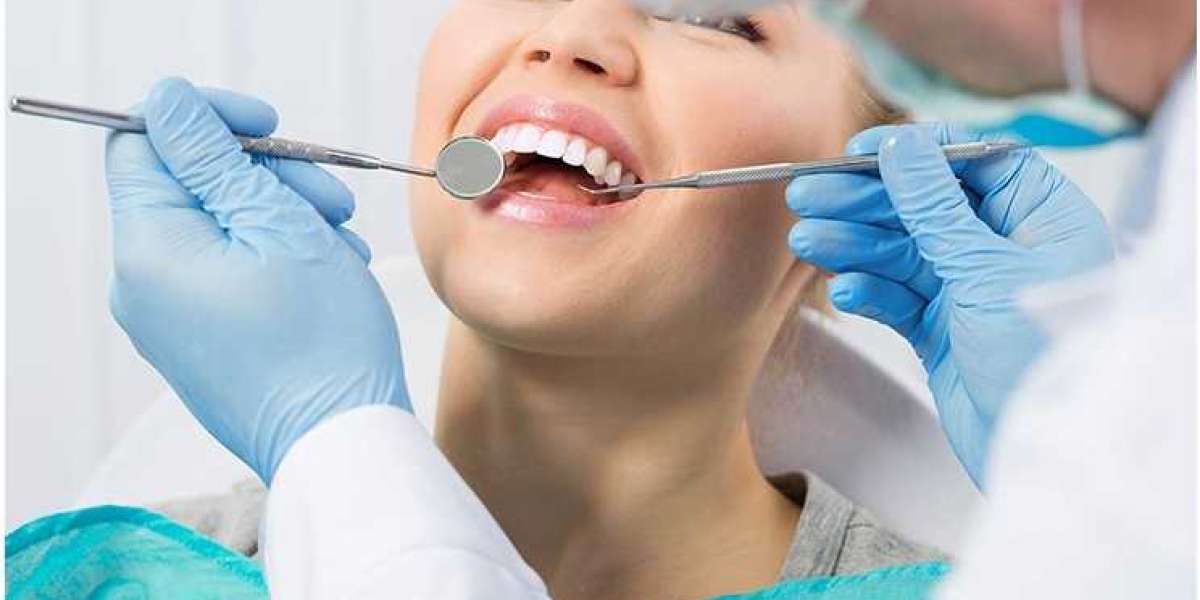The dental industry advances by nature very quickly and requires quick responses. When a technology directly affects patient care, technicians look for innovations that reduce time, improve the quality and precision of treatment.
Dental technicians have traditionally used steady hands and expert eyes to prepare crowns, bridges, frames, etc. The manual process is time consuming, imprecise, and requires materials that typically do not provide the best durability or aesthetic appearance. A 3-D printer does the heavy lifting, allowing dental labs to eliminate manual modeling. The combination of oral scanning, CAD / CAM and 3-D printing enables them to accurately and quickly produce crowns, bridges, models and a wide range of orthodontic appliances.
Forward-thinking dental and orthodontic labs are continually trying to improve their processes, reduce lengthy milling time, and stay ahead of the competition. Using Stratasys PolyJet 3D printing technology, labs can print in super-thin 16μ layers, dramatically increasing precision and reducing production time compared to traditional dental mold making. This avoids the need for patients to return to the dental laboratory for adjustments, which saves the dentist time and money and has a direct and positive impact on patient care.
As the cost of lab work has become a major factor in dental therapy and restoration planning, we are seeing an increase in the adoption of digital dentistry systems by dental labs. This allows them to improve their efficiency and provide a higher level of patient care.
For many dental professionals, this evolution has been a long-awaited and welcome transition to a faster process that saves labor, improves quality and accuracy, and keeps companies competitive.
How have dentists responded to digital dentistry?
As with any new technology, education is always necessary and the same is true in dentistry. You could say that many dentists have a high regard for traditional plaster casts, but now there are other alternatives. I believe that a growing number of dentists, as well as newer ones, will embrace productivity-enhancing technologies, one of which is digital dentistry.
With an ever-expanding range of superior-quality intraoral scanners and software on the market, more and more dental labs of all sizes are exploring and installing 3-D printing technology that fits the size and budget of their business.
Most notable this year is the explosion of devices dedicated to digital imaging, impression taking and the fabrication of CAD / CAM restorations, both in the clinic and in the laboratory. With the launch of new 3-D impression systems, materials, and capabilities over the next year, many believe that more dentists will begin to see this technology as a viable alternative to their practices.
This year marks the time dental labs move from the point of no return from traditional manual workflow to a fully digital design and manufacturing process. In many respects, digital dentistry is here, with a growing number of labs incorporating it in some way into their strategic business models.
Dental Perfect, also named Perfect Endo., is a blue flex rotary files company providing outstanding dental clinic tools. Dental Perfect targets to be the most positive influential dental healthcare brand. To create an outstanding global dental brand, promoting innovations through state-of-the-art manufacturing.
Science and Technology
What are the advantages of using 3-D printers?

The dental industry advances by nature very quickly and requires quick responses. When a technology directly affects patient care, technicians look for innovations that reduce time, improve the quality and precision of treatment.












